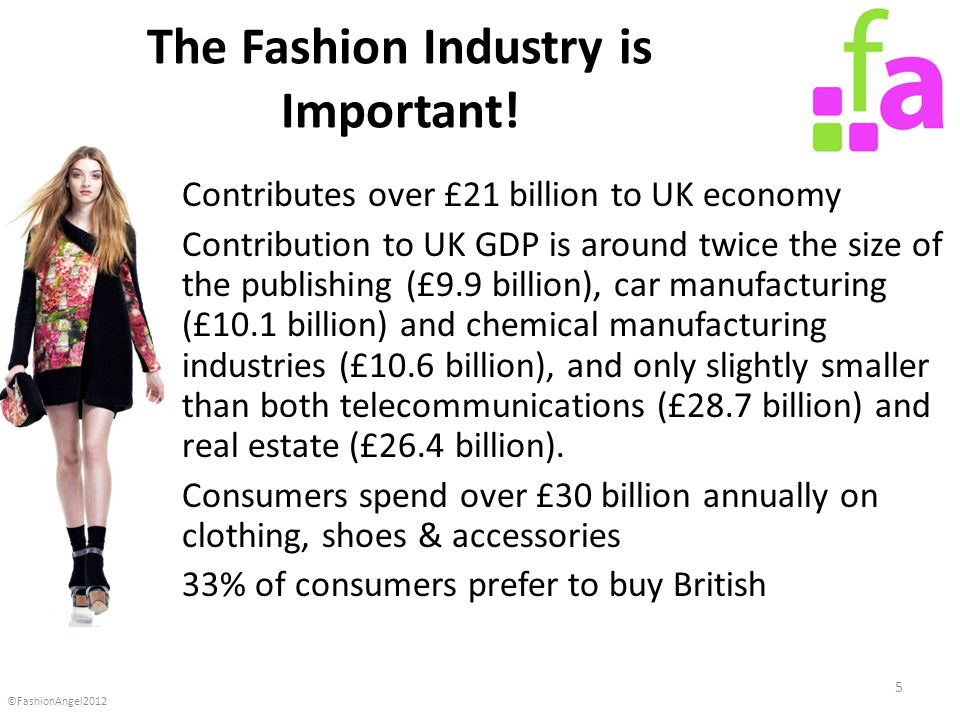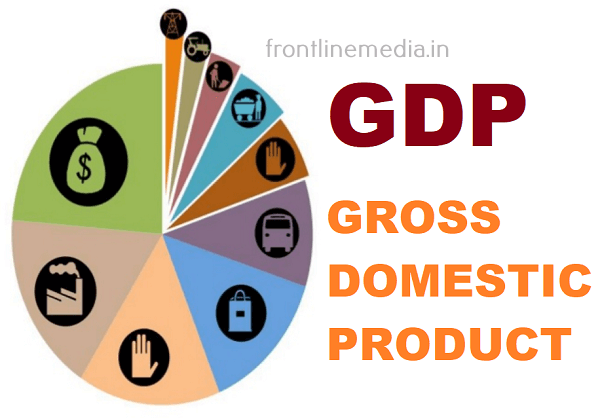Explain How Buying A Shirt Contributes To The Gdp
:max_bytes(150000):strip_icc()/Carbonfootprintinfashionconsumption-40864bf8f4b948a98a717280e0392bca.jpeg)
In an era defined by complex economic indicators and global interconnectedness, it's easy to overlook the simple act of purchasing a shirt. Yet, behind this seemingly trivial transaction lies a surprisingly intricate web of economic activity that significantly contributes to a nation's Gross Domestic Product (GDP).
This article delves into the various stages involved in producing and selling a shirt, illustrating how each step adds value and ultimately boosts the GDP. From raw material extraction to retail sales, we will explore the economic impact of this everyday item, providing a comprehensive understanding of its contribution to national economic output.
Understanding GDP and its Components
GDP, a fundamental measure of a nation's economic health, represents the total monetary or market value of all finished goods and services produced within a country's borders in a specific time period. It's typically calculated using the expenditure approach, which sums up consumption, investment, government spending, and net exports (exports minus imports).
Buying a shirt primarily affects the consumption component of GDP, the largest and most direct driver of economic growth in many countries.
The Journey of a Shirt: From Raw Materials to Retail
The economic story of a shirt begins long before it appears on a store shelf. Consider the agricultural sector, where cotton farmers cultivate the raw material. The value generated by these farmers, including the costs of seeds, fertilizers, labor, and equipment, contributes to the GDP.
Cotton ginning, the process of separating cotton fibers from the seeds, adds further value. The businesses involved in this process employ workers, consume energy, and utilize machinery, all contributing to the GDP.
Manufacturing and Production
Once the cotton is ginned, it's spun into yarn and then woven into fabric. The textile mills responsible for these processes contribute significantly to the GDP through wages paid to workers, profits earned by the companies, and the purchase of machinery and equipment.
Next, the fabric is dyed, cut, and sewn into a shirt. The garment manufacturing industry, often located in countries with lower labor costs, adds significant value through the design, production, and quality control processes.
The transportation of raw materials, semi-finished goods, and finished shirts involves various logistics companies. The revenue generated by these companies, from trucking to shipping, adds another layer to the GDP calculation.
Retail and Distribution
The final stage in the shirt's journey is retail. Retail stores, whether brick-and-mortar or online, incur costs such as rent, utilities, employee salaries, and marketing expenses.
These costs, along with the profit margin on the sale of the shirt, contribute to the GDP. The salesperson who assists a customer, the cashier who processes the transaction, and the manager who oversees the store all play a role in generating economic activity.
When a consumer purchases the shirt, the transaction directly impacts the consumption component of GDP. The price paid for the shirt, minus any import costs if the shirt was manufactured abroad, contributes to the overall economic output of the country.
Indirect and Induced Effects
Beyond the direct contributions, the shirt's journey also generates indirect and induced effects. For instance, the companies involved in producing and selling shirts purchase goods and services from other businesses, such as electricity, advertising, and financial services.
These purchases create a ripple effect throughout the economy, boosting the GDP further. Furthermore, the wages earned by workers in the shirt production and sales industries are spent on other goods and services, stimulating additional economic activity.
According to a report by the Bureau of Economic Analysis (BEA), the multiplier effect of consumer spending can significantly amplify the initial impact on the GDP. Each dollar spent can generate additional economic activity, depending on the sector and the overall health of the economy.
Considerations and Caveats
It's important to note that not all of the value generated by a shirt contributes to the GDP of the country where it's sold. If the shirt is imported, the cost of the imported materials and labor is subtracted from the retail price when calculating the GDP.
Furthermore, the environmental impact of producing and transporting shirts is not directly reflected in the GDP. However, growing awareness of sustainability and ethical production practices may lead to new economic models that incorporate these factors.
Looking Ahead
The simple act of buying a shirt illustrates the interconnectedness of the economy. From cotton fields to retail stores, each stage in the shirt's journey contributes to the GDP, highlighting the importance of consumer spending in driving economic growth.
As technology advances and global supply chains evolve, the economic impact of everyday items like shirts will continue to shape the landscape of national economies. The future will likely see a greater emphasis on sustainable and ethical production practices, potentially leading to new economic indicators that better reflect the true cost and value of goods and services.

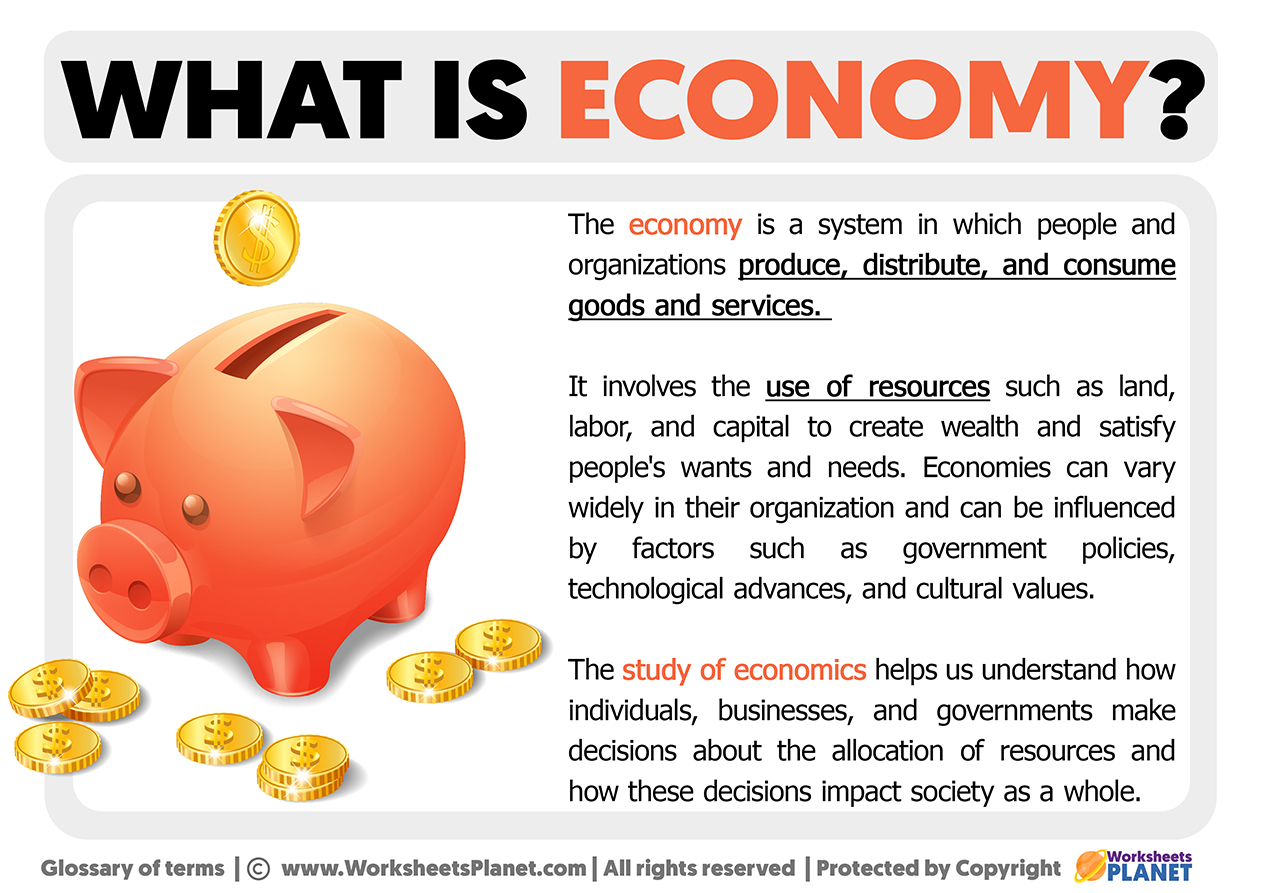
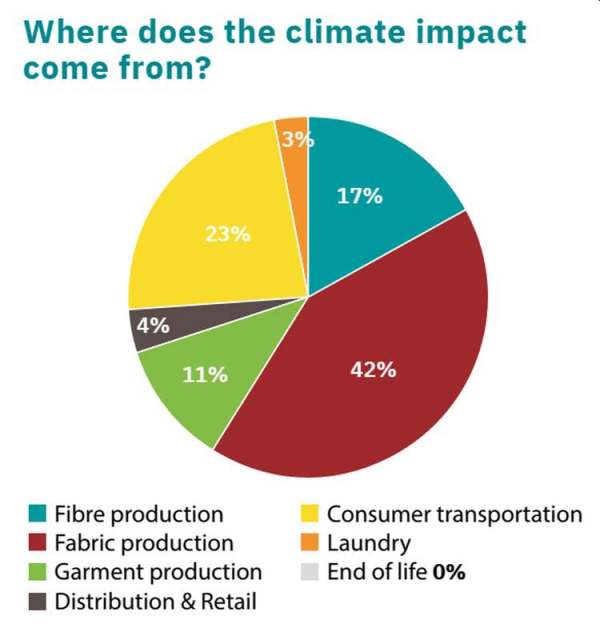
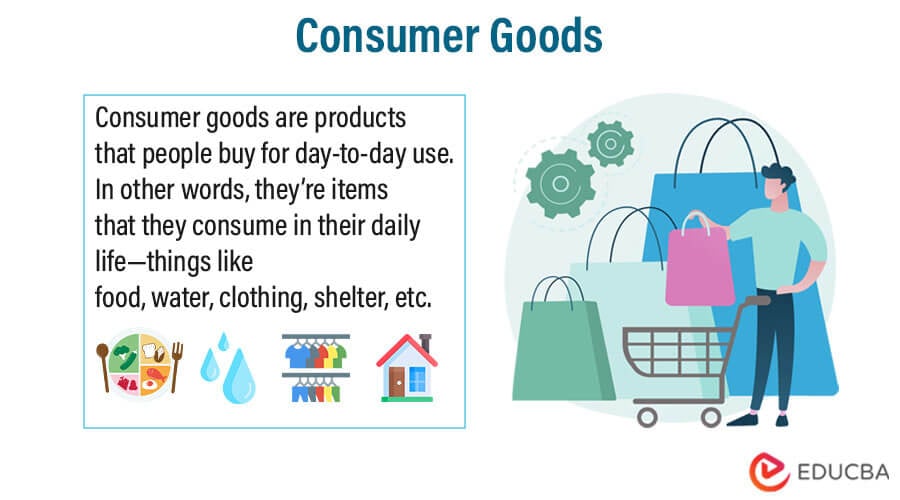
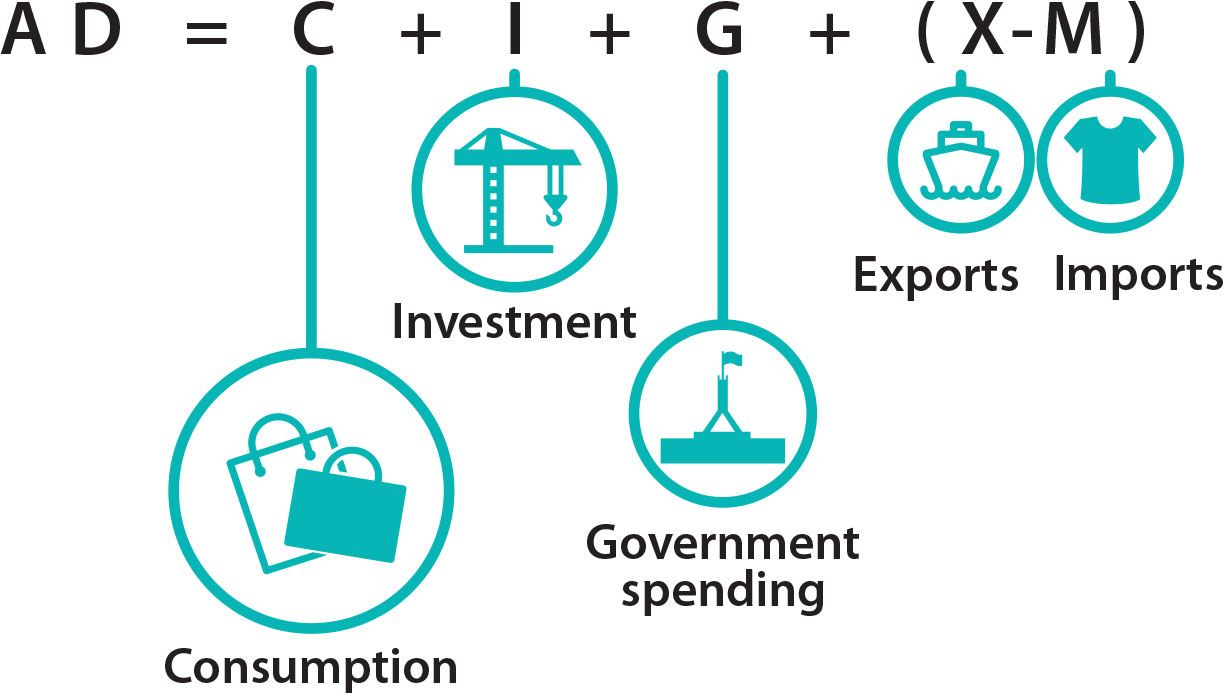


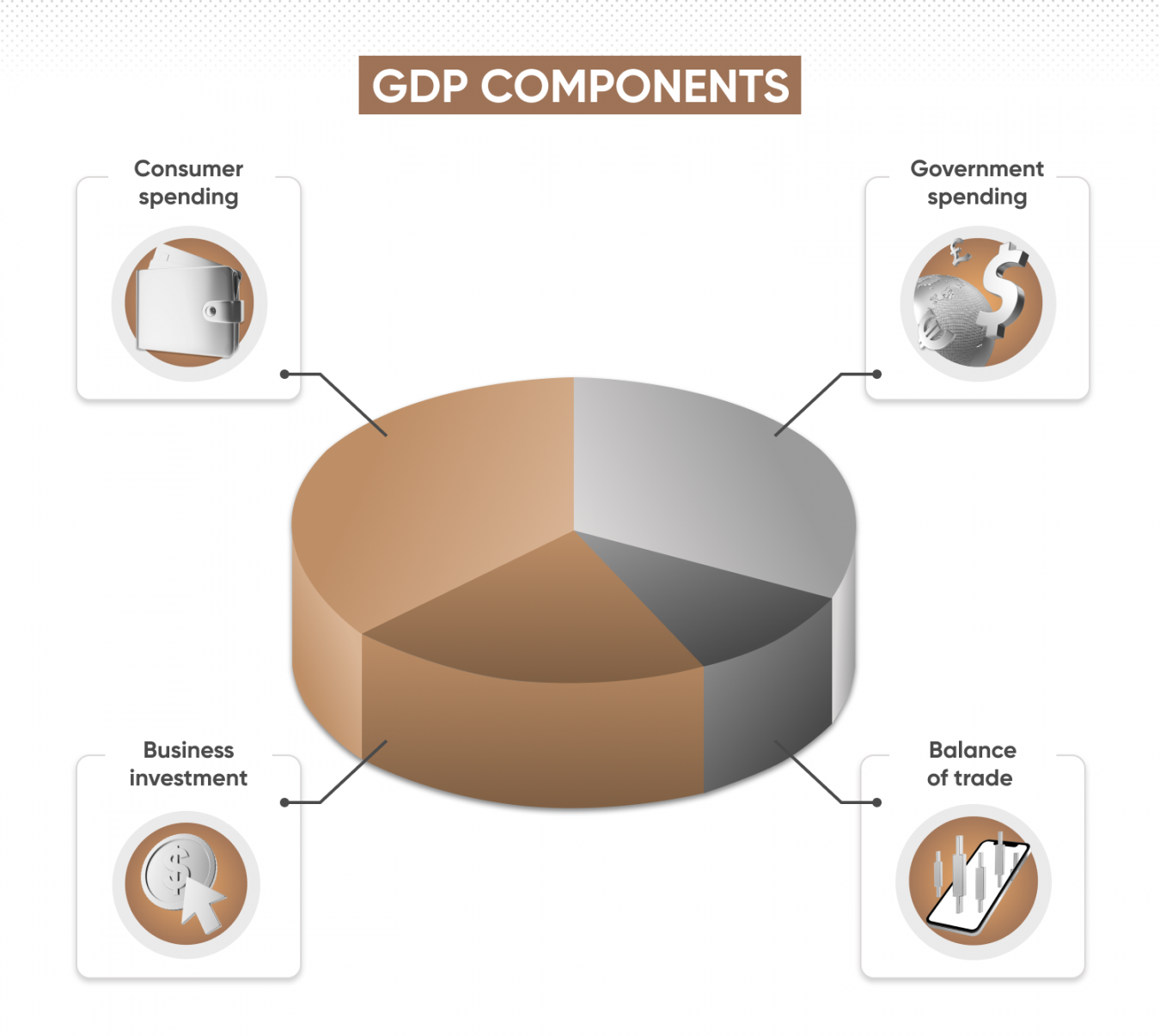
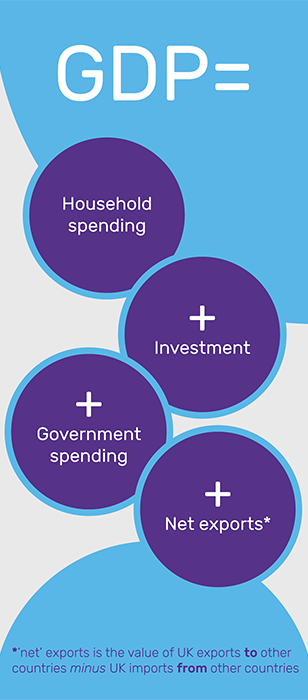
:max_bytes(150000):strip_icc()/u-s-gdp-5-latest-statistics-and-how-to-use-them-3306041-Final-3eaf7113efd34bdcbca4688d05d59ce3.png)
